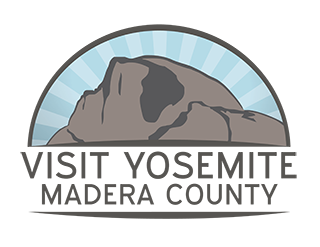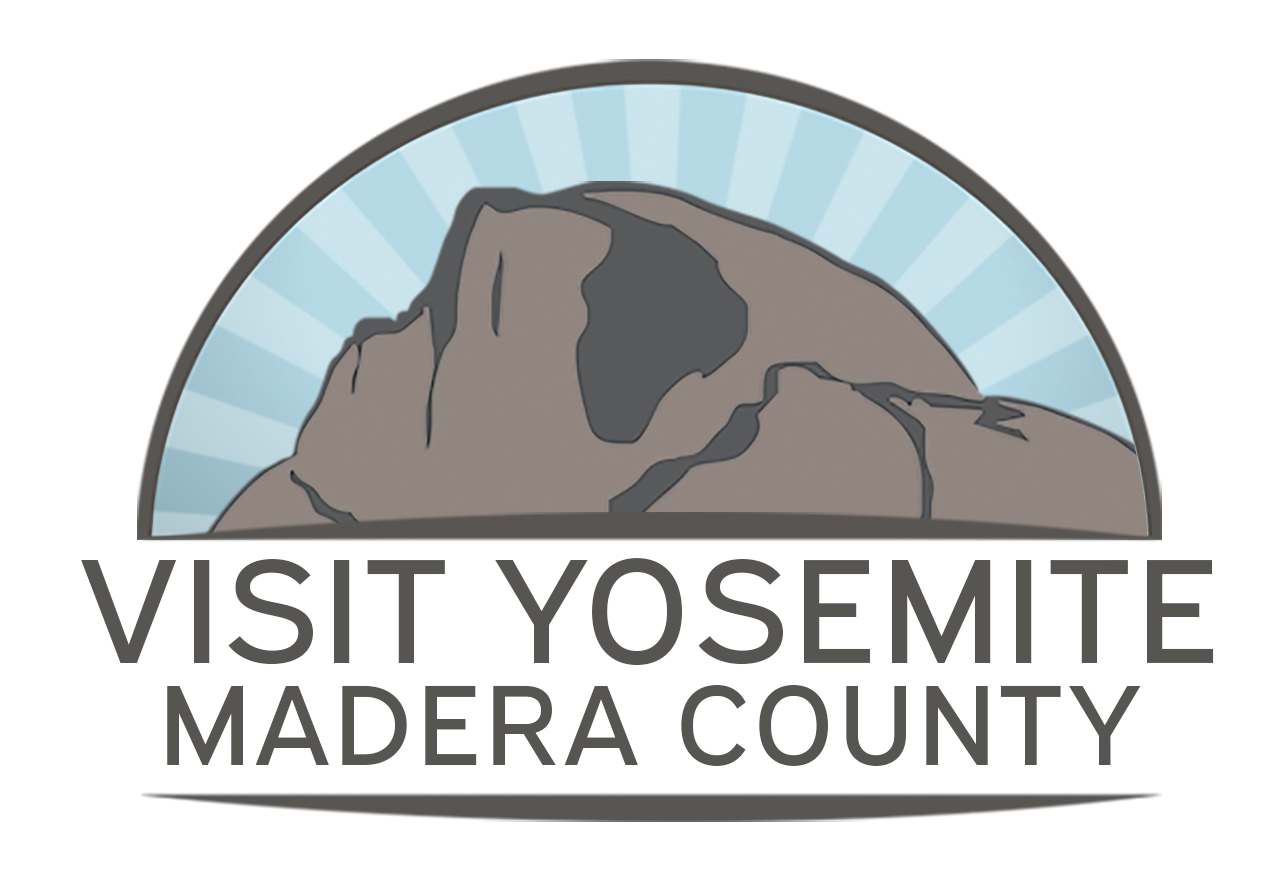Although there are countless defining moments that forever changed California's landscape, one of the biggest is when gold was discovered. It sparked a mass migration of epic proportions. California’s population blossomed from 800 non-natives to 100,000 in less than a year. Although Madera County’s focus was on farming, wine, and a gateway to Yosemite, Gold Rush fever hit it too.
There’s Gold in Them Hills!

The Golden Chain

Grub Gulch

For the first few decades, it was merely a shanty town with tents. It wasn’t until the placer mining on streams that this area really gained steam, and in the late 1880’s, a town was born. In its heyday, there were five saloons, a general store, a post office, and a boarding house. Out of the $1.35 million of gold extracted from Madera County, nearly $1 million came from here.
As the gold began to fizzle, so did the town. The decline happened rapidly after 1900. In 1910, the last saloon shut its doors. There were some positives during this era such as the arrival of Teddy Roosevelt and John Muir on their way to Yosemite in 1903. The true dagger was a new railroad to Yosemite and finally the age of the automobile.
Some buildings were moved to ranches like the Morrison Hotel. Others were torn down and some even went up in flames. As of today, the only thing left standing is a plaque and the town’s cemetery.
Poison Switch

Even though a town didn’t exist here, it was a busy intersection because lumber from the Miami Mill was brought down here on wagons. From this point, they’d load it onto a flume (like the Walt Disney ride) to be floated to the town of Madera. The flume was over FIFTY miles long! For a deeper dive into its history, read our article Sugar Pine Lumber Company and the Madera Flume.
Coarsegold

Back then it was named “Michaels” after Charles Michaels who opened a general store. As the mining started to phase out, people began arriving to instead farm the land as some miners continued to work the streams and soil. Once the first post office opened in 1878, the town was given the name “Coarse Gold Gulch.” It then changed to “Gold Gulch” in 1895, finally settling on Coarsegold in 1899.

Gold Sparked Conservation

Oakhurst – Where Two Roads Diverge
Robert Frost may have taken the road less traveled, but we believe you should take BOTH roads. Use Oakhurst as your first basecamp to see the world famous Yosemite National Park. Take in the granite-lined walls of the legendary landscape. Bask in the seasonal roaring waterfalls. And after you’ve had your fill of natural beauty, it’s time to take a closer look at the gold rush history that exists in this region.
______________________________________________________________________________________
Like what you see? Save any of these pins (or possibly all of them) to your travel planning board(s) to give you an easy way to find your way back here! Also check out our other travel stories/blog posts as well as itineraries for more ideas and pins!
About The Author:
Alex founded localfreshies.com® in 2014 to be the #1 website providing the “local scoop” on where to eat, drink & play in mountain towns throughout North America. When he’s not writing and executing marketing strategies for small businesses & agencies, he’s in search of the deepest snow in the winter and tackiest dirt in the summer.













 Alex Silgalis
Alex Silgalis


